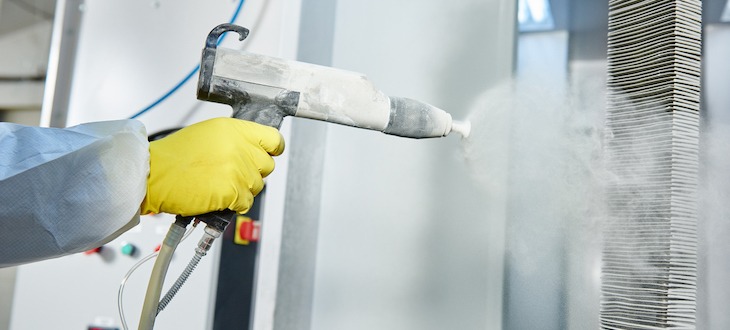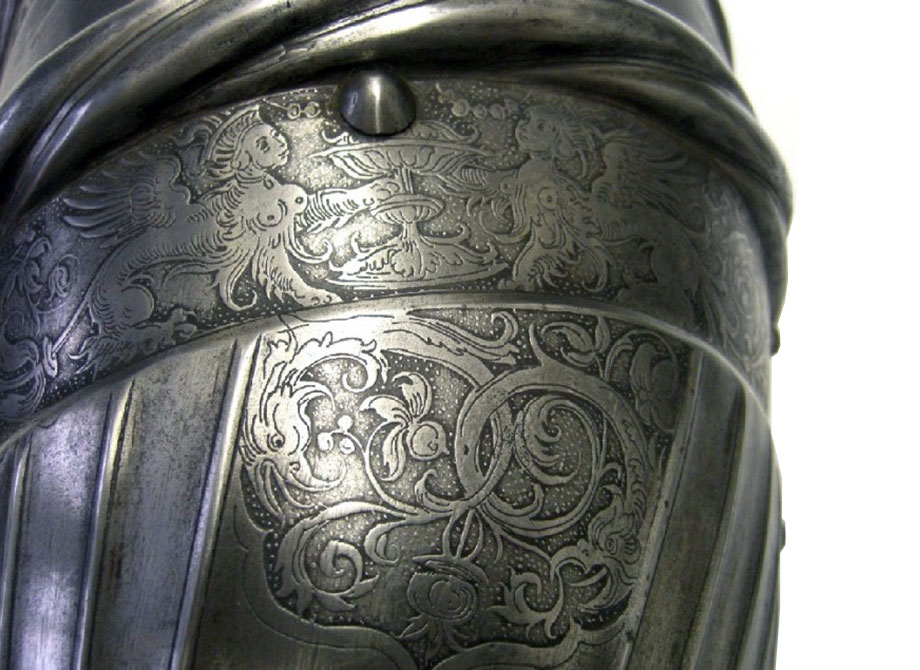Avoid Oxidation Between 2 Sheets Of Steel

Carbon steel can deteriorate rapidly become weak and come crashing down.
Avoid oxidation between 2 sheets of steel. The steel is dipped in a vat of molten zinc and allowed to heat to the temperature of the zinc. The most common example is the corrosion of steel which is a transformation of the iron molecules on steel s surface into iron oxides most often fe 2 o 3 and fe 3 o 4. When newly galvanized steel is exposed to pure water for example rain dew or condensation in an oxygen deficient setting the water will continue to react with. The simplest heat treating process is normalizing.
In principle heat treating already takes place when steel is hot rolled at a particular temperature and cooled afterward at a certain rate but there are also many heat treating process facilities specifically designed to produce particular microstructures and properties. This puzzles a lot of people as galvanizing is supposed to prevent corrosion. How to prevent corrosion between carbon and stainless steel. I ve recently encountered a quantity of galvanized sheet steel which has appears to have what the tin benders call white rust on the surface.
Steel steel treating of steel. So when stainless steel and carbon steel are connected and an electrolyte such as moisture is introduced stainless steel absorbs carbon steel s electrons. When does oxidation occur. Moisture will surely find a way in and pretty soon oxidation is underway.
The steel is pickled in acid to remove mill scale then rinsed. Rust itself is the build up of thousands of molecules of iron oxide that form the reddish colored film on the surface of steels. As lubricants for warm stamping of stainless steel and titanium sheets respectively the capability for the oxidation prevention in the hot stamping of the quenchable steel sheets was evaluated. The most common form of oxidation is rust.
In stainless steels a similar process happens just not with iron. White rust on galvanized steel 1998. I assume this is essentially due to oxidation of the zinc and i would think that it would be superficial. Well it does but only where the liquid.
The steel is cooled in a quench tank containing water. This chemical process can occur either in the air or after the metal is exposed to water or acids. Oxidation is the reaction of oxygen with an element in steel. The two types of oxidation preventive oils used in the oxidation prevention are given in table 1 although the oils a and b are manufactured by nihon kohsakuyu co ltd.
A material called a flux is applied to the steel and allowed to dry. Pure water h 2 o does not contain any dissolved salts or minerals and will react swiftly with zinc to form zinc hydroxide a bulky white and moderately unstable oxide of zinc. This helps the final zinc coating adhere to the steel.













































.jpg)
